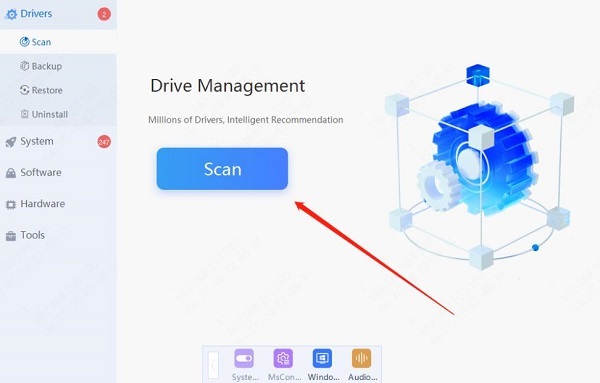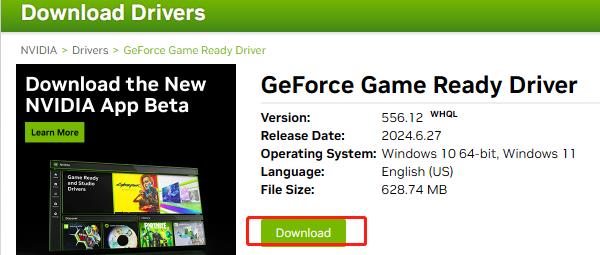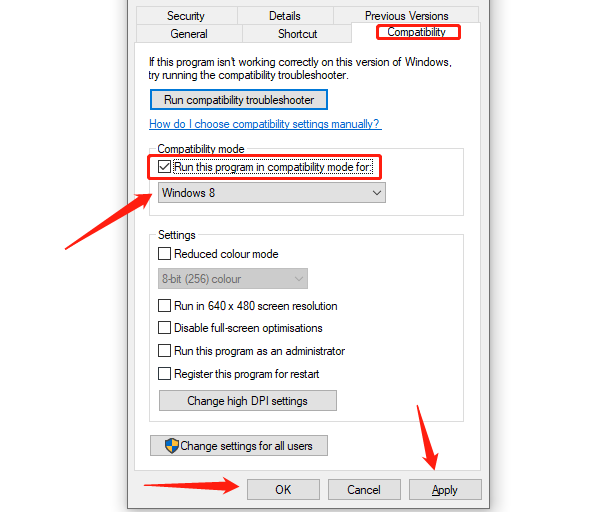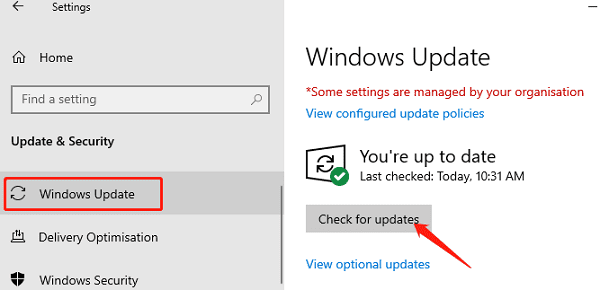
You may encounter the "WARNING: Known issues with graphics driver" during tasks like gaming or video editing. This guide provides methods to resolve the issue and optimize performance.
Method 1: Update Graphics Driver
Updating the driver is the first step in resolving graphics driver issues. It's recommended to use Driver Sentry to automatically detect and update drivers, saving time and avoiding the risk of installing incorrect drivers.
Click the download button to get the latest version of Driver Sentry. Once installed, open the software and click "Scan".

After scanning, it will show which drivers need to be updated. Locate your NVIDIA graphics driver in the results and click "Update".
After the update, it's recommended to restart your computer to ensure the new driver takes effect.
Method 2: Rollback Graphics Driver
Press Windows + X, select Device Manager, and open it.
In Device Manager, expand the Display Adapters section, right-click your graphics card, and select "Properties".

Go to the Driver tab and click the "Rollback Driver" button. If it's grayed out, no previous version is available.
Select a reason for rolling back the driver and confirm.
Restart your computer to apply the changes.
Method 3: Reinstall Graphics Driver
Press Windows + X to open Device Manager.
Expand Display Adapters, right-click your graphics card, and choose "Uninstall Device".

Check the option "Delete the driver software for this device", and click "Uninstall".
After uninstallation, restart your computer. The system may install a default driver automatically.
To manually install the latest driver, visit NVIDIA's official website, search for your graphics card, and download the driver compatible with your operating system.

Run the downloaded driver file and follow the on-screen instructions to complete the installation.
Restart your computer to ensure the driver is properly installed.
Method 4: Use Graphics Card Compatibility Mode
Locate the shortcut of the problematic application or game, right-click it, and choose "Properties".
In the "Compatibility" tab, check "Run this program in compatibility mode".

Select an older version of Windows (such as Windows 7 or Windows 8) from the drop-down menu, then click "Apply" and confirm.
Restart the application and see if the issue is resolved.
Method 5: Check for System Updates
Press Windows + I to open the Settings menu and click "Update & Security".
Go to the "Windows Update" section and click "Check for updates". The system will search for available updates.

If updates are found, click "Download and install".
If prompted to restart, follow the instructions to apply the updates.
Preventive Measures for Graphics Driver Issues
Keeping your graphics drivers up to date ensures optimal compatibility with your operating system and software. Regular updates help prevent performance issues.
While beta drivers may offer new features, they can also be unstable or incompatible. Stick to stable, official releases.
Before updating drivers, create a system restore point so you can quickly revert if issues arise.
Overheating can degrade graphics performance or cause hardware failure. Regularly clean your computer's interior and ensure proper cooling to prevent overheating.
Following this guide should help you resolve issues related to your graphics drivers and restore optimal system performance. If problems persist, it's advisable to contact the graphics card manufacturer's technical support for further assistance.
See also:
How to Fix No Sound Issues on Windows 11 Computer
How to Fix Graphics Driver Installation Issues